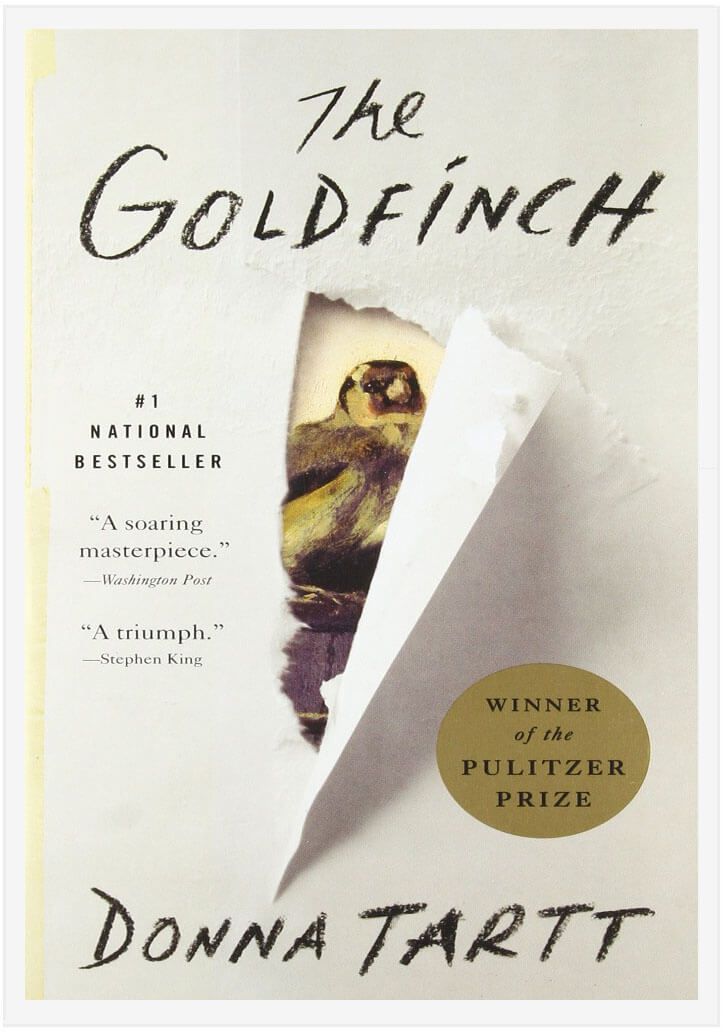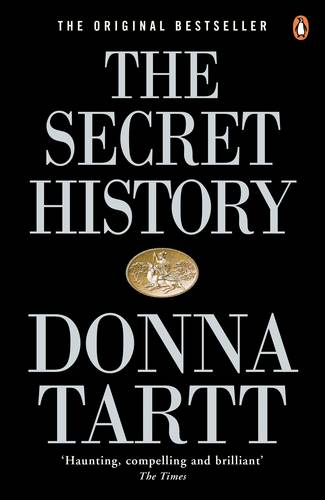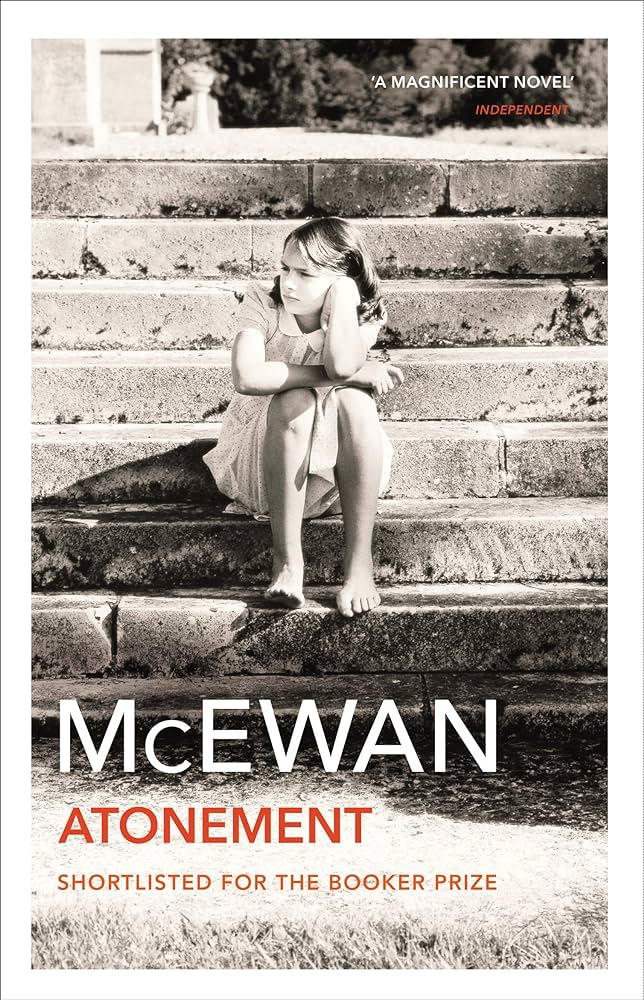
Introduction:
Entering the opulent world of “The Great Gatsby” by F. Scott Fitzgerald is akin to stepping into a glittering kaleidoscope of excess, ambition, and unfulfilled desires. Set against the backdrop of the Roaring Twenties, Fitzgerald’s iconic novel offers a mesmerizing glimpse into the lives of the wealthy elite, exploring themes of love, longing, and the elusive pursuit of the American Dream. In this personal exploration, I will delve into the intricacies of Fitzgerald’s masterful prose, unraveling the enigma of Jay Gatsby and the haunting allure of his extravagant lifestyle.
A Portrait of the Jazz Age:
“The Great Gatsby” unfolds in the summer of 1922, a time of unprecedented prosperity and social upheaval in America. Through the eyes of Nick Carraway, a young Midwesterner drawn into the orbit of the enigmatic Jay Gatsby, we are transported to the glittering world of East Egg and West Egg, where old money and new wealth collide in a whirlwind of parties, champagne, and extravagance. Against this backdrop of excess and indulgence, Fitzgerald paints a haunting portrait of a society on the brink of collapse, haunted by the specter of disillusionment and moral decay.
The Enigma of Jay Gatsby:
At the heart of the novel lies the enigmatic figure of Jay Gatsby, a self-made millionaire whose mysterious past and insatiable yearning for the past drive the narrative forward. As Nick delves deeper into Gatsby’s world, he uncovers a web of secrets, lies, and unfulfilled dreams, shattering the facade of wealth and glamour to reveal the hollow emptiness that lies beneath. Yet, despite his flaws and shortcomings, Gatsby remains a symbol of hope and possibility, a testament to the enduring power of the American Dream to inspire and captivate the human imagination.
Love, Longing, and Loss:
Central to the novel is the tragic love story between Gatsby and Daisy Buchanan, a beautiful socialite trapped in a loveless marriage to the brutish Tom Buchanan. Their illicit romance unfolds against the backdrop of Gatsby’s lavish parties and extravagant displays of affection, culminating in a devastating climax that exposes the fragility of human relationships and the futility of clinging to the past. Through Gatsby and Daisy’s ill-fated love affair, Fitzgerald explores the themes of love, longing, and loss, probing the depths of the human heart in search of meaning and fulfillment.
The Decline of the American Dream:
As the novel reaches its conclusion, the glittering facade of the Jazz Age begins to crumble, revealing the hollowness and corruption that lie beneath. In the aftermath of Gatsby’s tragic demise, Nick reflects on the emptiness of the American Dream, lamenting the moral decay and spiritual bankruptcy that have come to define his generation. Through Nick’s disillusionment and despair, Fitzgerald offers a searing critique of the excesses of the Jazz Age, warning of the dangers of unchecked ambition and materialism.
Conclusion:
“The Great Gatsby” remains as relevant today as it was nearly a century ago, offering a timeless meditation on the nature of wealth, power, and the human condition. Through Fitzgerald’s evocative prose and vivid imagery, we are transported to a world of glamour and excess, where dreams are made and shattered in equal measure. As I closed the final pages of this literary masterpiece, I was left with a profound sense of awe and admiration for Fitzgerald’s ability to capture the essence of an era and the complexities of the human soul. Truly, “The Great Gatsby” stands as a testament to the enduring power of literature to illuminate the darkest recesses of the human heart and inspire us to reach for the stars, even in the face of overwhelming adversity.




